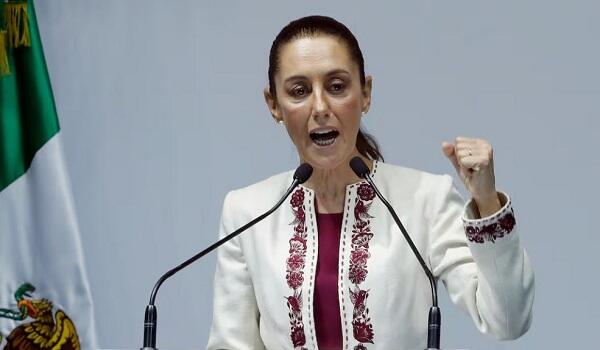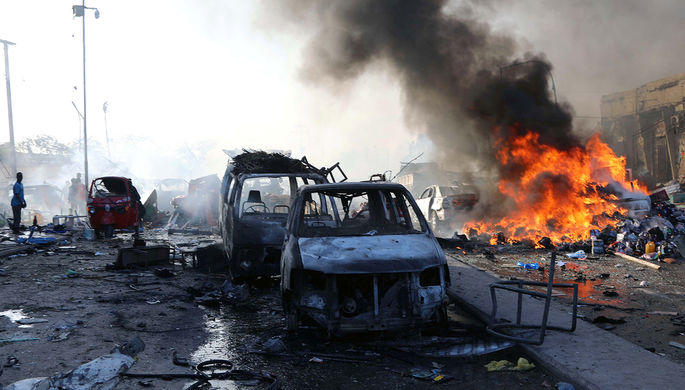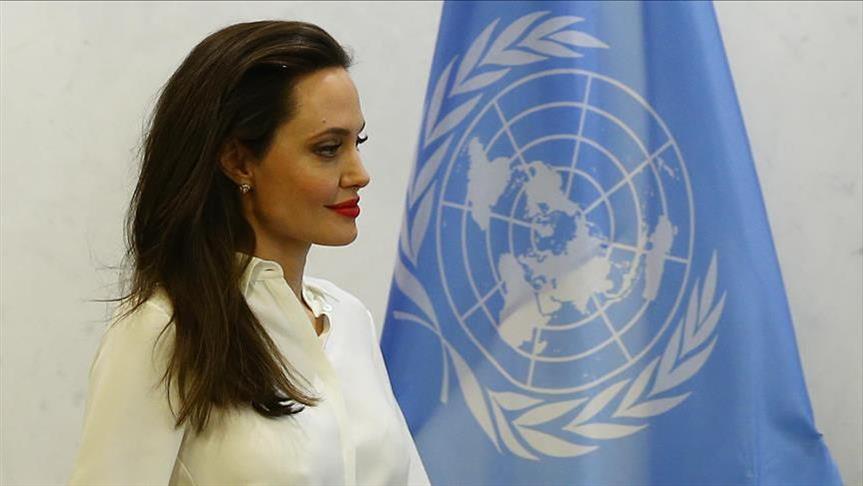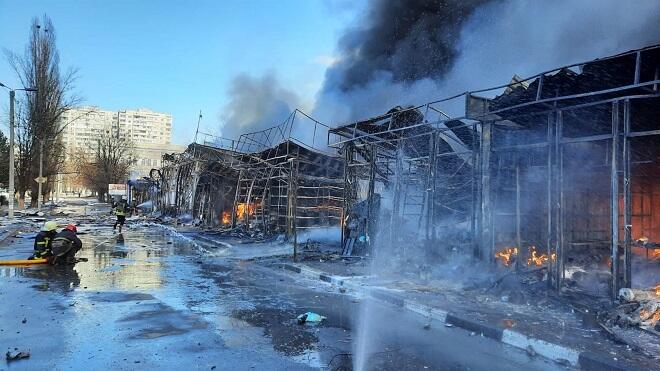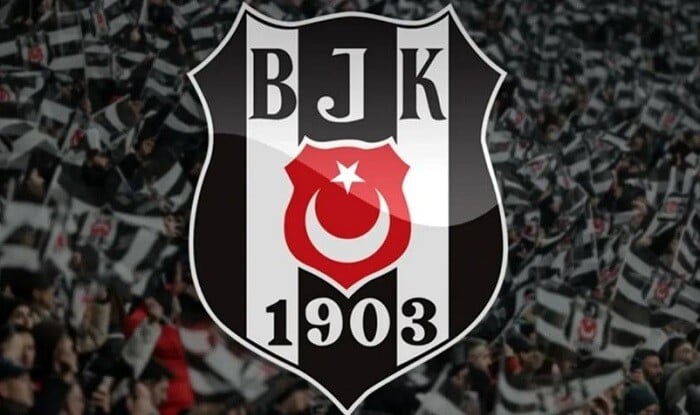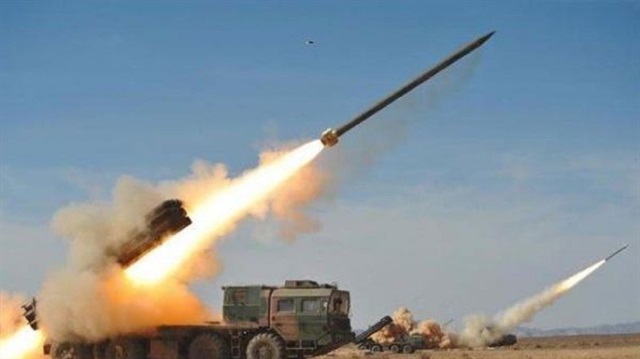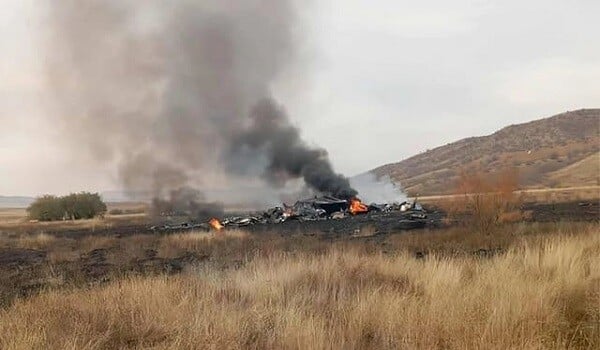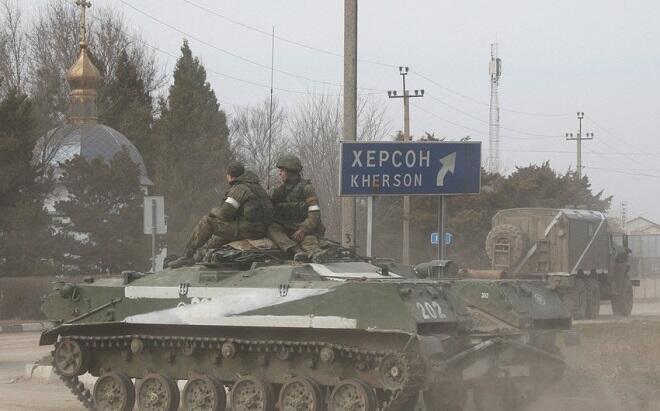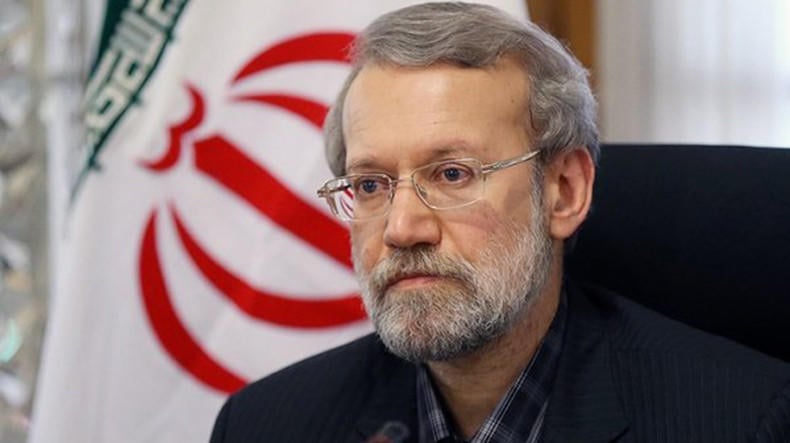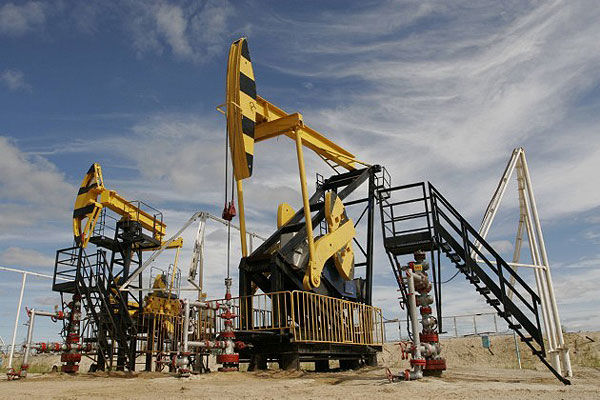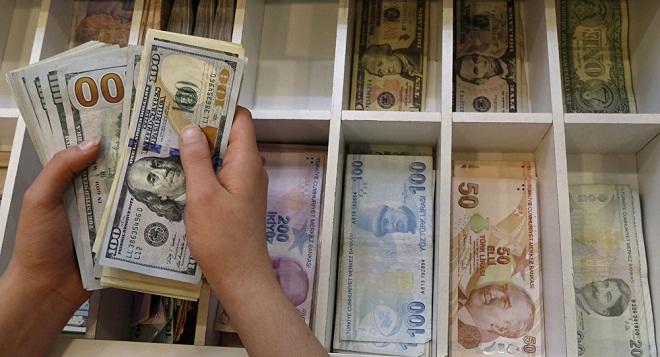OPEC's extended oil supply deal faces a litmus test in the next couple of months while summer demand kicks in, as wary oil traders and investors will need evidence, rather than reassurance, that rebalancing is underway.
Axar.az reports citing Reuters.
The Organization of the Petroleum Exporting Countries agreed last week with a number of rival producers, such as Russia and Oman, to renew an agreement to cut crude oil output by 1.8 million barrels per day (bpd) until March 2018.
The oil price has fallen below $50 a barrel for the first time in four weeks, despite pledges from Saudi Energy Minister Khalid al-Falih that the group will do "whatever it takes" to reduce global inventories and rebalance the market.
The near-elimination of the premium of nearer-dated Brent crude futures prices over those contracts for delivery further into the future suggests traders and investors are not buying into the idea that there will be a real squeeze on supply.
"OPEC went out of their way to ensure no one was surprised and then you get a market that wanted to be surprised," Standard Chartered strategist Paul Horsnell said.
"It is highly dependent on what happens in the next nine months," he said.
"U.S. shale isn’t going to fill in the gaps forever, but going directly on the (market) response to the meeting, is it enough? You always have to add a second bit – which is 'enough to do what?' And for that you have to do the balances," Horsnell said, adding that Standard Chartered expects inventories to fall by 1.4 million bpd in the second half of 2017.
When OPEC struck its original supply deal in November last year, few had banked on such rapid increases in crude production elsewhere, such as U.S. shale oil, or on slowing demand growth in emerging powerhouses such as India or China.
Inventories across the most developed nations have barely budged. According to the International Energy Agency, oil stocks rose by 24.1 million barrels in the first three months of the year to 3.025 billion barrels and, five months into the deal, a number of investment banks have cut their oil price forecasts.
After OPEC and its 11 partners agreed last year jointly to cut output by 1.8 million bpd for six months, 2018 Brent futures contracts traded well below those for delivery at the end of this year, creating a buckle in the forward market.
KINK IN THE CURVE
But this kink in the curve is vanishing. Two months ago, Brent contracts for delivery in 18 months' time were trading at a discount of $1.00 to those for delivery in six months' time. This gap has narrowed to just 40 cents.
"In my opinion, they should have done a deeper cut for a shorter period of time to ensure the inventory decline happened right now. The trouble with drawing it out is there are too many unknowns," said RCMA Asset Management chairman Doug King, whose Merchant fund runs some $190 million in commodities.
"It was the wrong deal, but can still ultimately work. The key is to see how quickly crude inventories in particular will decline over the next few months."
OPEC did discuss cutting its oil output by a further 1-1.5 percent when it met last week, three sources familiar with the matter told Reuters, and could revisit the proposal should inventories remain high.
In the options market, volatility, a measure of price, is at its highest for downside sell, or put options, maturing firstly in nine months' time and then in a year's time, when volatility on bullish buy options is close to its weakest. <0#LCOVOLSURF>
Saxo Bank commodities strategist Ole Hansen said the end of the new deal is too far away and the market needs more tangible proof that OPEC's strategy is working before positioning for how supply might return.
"Why start talking about 'exit strategy' nine months ahead?" he said.
"That is clearly what they are counting on. That the data will start to provide the support that they've been looking for the past two years."
The return of refineries in Asia and Europe from extended maintenance shutdowns and hot summer months in the northern hemisphere mean extra demand for transport and air conditioning.
But it will take hard data to persuade a skeptical market that OPEC and its partners are on the right track.
"There needs to be evidence the drain is taking place, which we think will become increasingly apparent as we go through this year," said analyst Alan Gelder of consultancy Wood Mackenzie.
"The challenge then becomes: do you keep volumes off and then how do you return them? If there is a sudden return, that would have all the negative pricing consequences of a large jump in supply and psychology."



